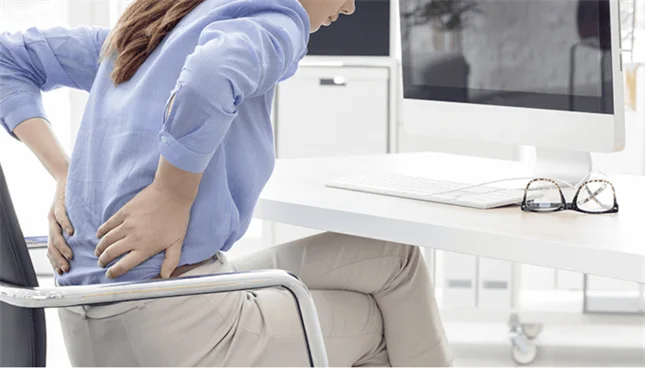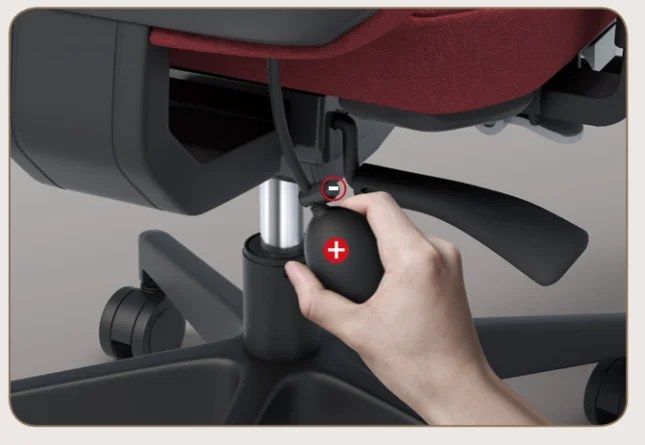Working in an office typically involves spending a great deal of time sitting in an office chair - a position that adds stress to the structures in the spine. Therefore, to avoid developing or compounding back problems, it's important to have an office chair that's ergonomic and that supports the lower back and promotes good posture.

● Lumbar support.
Lower back support in an ergonomic chair is very important. The lumbar spine has an inward curve, and sitting for long periods without support for this curve tends to lead to slouching (which flattens the natural curve) and strains the structures in the lower spine. An ergonomic chair should have a lumbar adjustment (both height and depth) so each user can get the proper fit to support the inward curve of the lower back.

● Backrest.
If the backrest is separate from the seat, it should be adjustable in height and angle. It should be able to support the natural curve of the spine, again with special attention paid to proper support of the lumbar region. If the office chair has the seat and backrest together as one piece, the backrest should be adjustable in forward and back angles, with a locking mechanism to secure it from going too far backward once the user has determined the appropriate angle.
● Seat material.
The material on the office chair seat and back should have high density molder foam to be comfortable to sit on for extended periods of time. Having a cloth fabric that breathes is preferable to a harder surface.


